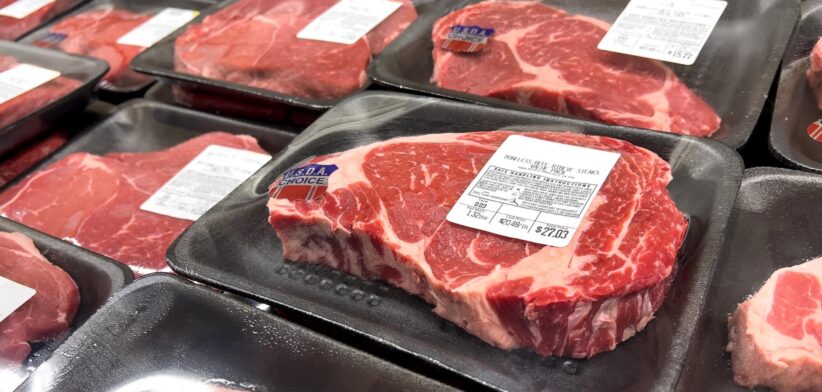Colour-changing freshness indicators could replace “best before” stamps on meat products to avoid waste, based on a new body of research.
Researchers at Melbourne’s Monash University have developed product patches that change colour to indicate freshness.
Co-developer Dr Joanne Tanner said the labels could reduce the amount of meat thrown away when it Is still safe to eat.
“The research demonstrated that when applied to the inside of transparent packaging film, the indicators consistently changed colour in response to rising pH levels caused by growth of bacteria such as E. coli,” Dr Tanner said.
She said machine-readable versions could also help to automate aspects of the supply chain and retailing, such as price discounting as freshness changes.
“The technology is also likely to be extensible to other fresh foods,” Dr Tanner said.
She said the patches were made from a combination of nanocellulose and dyes found in vegetables like red cabbage and black carrot.
“Colour-changing indicators on the package are a way of giving consumers real-time information that meat is still fit for consumption,” Dr Tanner said.
“By contrast, a best-before date merely represents a conservative estimate of how long the packaged meat will remain usable and is not an actual gauge of freshness. It is based on a series of worst-case assumptions about its handling and refrigeration through the supply chain.
“This means meat is often returned or disposed of when it is actually still fit for consumption.”
Dr Tanner said the colour indicator system could also be linked through smartphone apps to provide consumer advice, suggesting optimal ways to cook and prepare meat based on freshness.
“Smartphone integration providing advice on food preparation is a real possibility using this freshness indicator. For example, the meat could still be consumed, but should be cooked for a longer period rather than eaten rare,” Dr Tanner said.
The study was published in the journal Food Quality and Safety.








